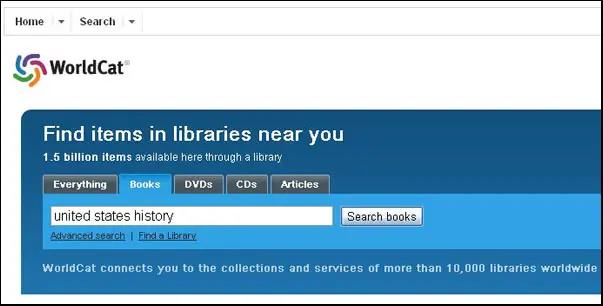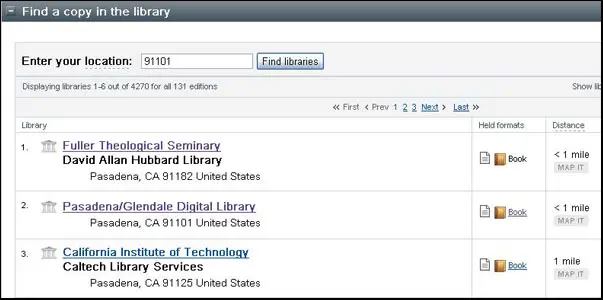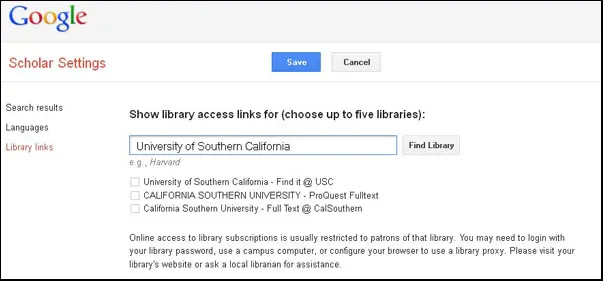Oh, the library. For most of us, the word transports us back to childhood, to story time at the local public. It was a warm and fuzzy place with child-sized furniture and really friendly ladies. That memory anchored some of us in libraries (big, small, college, public) for the rest of our lives. For others, the relationship with the library faded over time and may have completely disappeared. These people, when I tell them I’m a librarian, preemptively apologize for never using the library, like it’s a bitter green their mothers used to make them eat. And let’s not forget about the deviants. You know who you are. Some time in junior high, you discovered the thrill of liberating library property – comics, CDs, pictures in magazines. A few years later, you scoped out the part of the library with the least amount of supervision, and you did naughty things there.
Or you thought about it, anyway.
I’m not here to judge. I’m just pointing out that “library” isn’t a neutral word, so it’s not surprising that so many people are unaware of the amazing resources and services that libraries make available to us. Let’s exploit them to the fullest.
Go Beyond Google Search
Google is great for a lot of things, but research not so much. If you are thinking, “but there’s this great Google thing for finding articles,” you’re correct! That’s called Google Scholar, which we will discuss momentarily. What I’m talking about here is the Google that searches everything, and includes news, videos, and shopping suggestions in the search results. This is not how you conduct research – it’s how you find Perez Hilton’s take on this season’s fashion. Please, never again use this blunt tool for precision work.
The first step in breaking out of the Google box is to identify what type of resource you need. Some types include: books, articles, sound recordings, dictionaries, musical scores, data, and language materials. The most commonly sought-after materials are books and articles, which we will focus on today. The type of resource you need will determine where you look for it. For example, if you need to learn more about the history of the United States, then you should seek out a book on the subject. Why? Because histories or surveys are usually accomplished as single- or multi-volume books. The amount of material covered requires a large amount of space. You will find more narrow topics covered in articles, like a history of voting trends in your county over the last five years.
So, what are our options for finding that book?
Your Local Public Library
There is a misconception that libraries are “free” resources. They’re not – you pay for them just as you pay for fire and police services – with your precious tax dollars. So maximize your tax investment in your local public library by using it. The easiest way to start is by searching WorldCat.org. This is what I call a “catalog of library catalogs,” meaning it allows you to search the holdings of libraries around the world. Here’s what a simple search looks like:

This search will yield almost 700,000 hits, which is obnoxious. To narrow your results, use the limiting features, like language, content, audience, and format. When you find something of interest, click on the title for more information. There you will find useful things like subjects to help you find similar items, a link to other editions and formats, and most importantly, a list of libraries that own the book. If WorldCat.org doesn’t automatically recognize your location by IP address, simply plug in your zip code to find an owning library near you.

And now what? If you already have a library card, sometimes the process is as easy as clicking on the name of the library, requesting the item online, and then picking it up. If the book is checked out, you can get in line to borrow it once the book is returned. But what if the book you want is only owned by a college of university, or is outside your public library system?
Interlibrary Loan, Be Still My Heart
Interlibrary loan is a fantastic service provided by all types of libraries. Within a library system, it saves you the trouble of driving to different locations for materials - you can just request that they be sent to your home library, which is the most convenient for you to visit. On a grander scale, it enables you to get your hands on scholarly materials owned by research institutions. How does it work? Email, call, or visit your local public library with your citation, and ask if it can be acquired through interlibrary loan. Policies vary; in Pasadena, where I live, the public library charges $2 per interlibrary loan. My hometown library (serving a population of 3,500) charged nothing.
A Note On Google Books
This service is not without controversy. Google set out to scan the out-of-print works in major libraries around the nation, and ended up with a lot of angry authors and some lawsuits. For our purposes, Google Books is great for locating historic materials. Interested in a history of the United States written in 1856? You can read George Tucker’s entire work on your computer or tablet. And while we're at it, let's talk about that other service our friends at Google have created for us:
Google Scholar
I always say that the best information is licensed information, and this service proves my point. Google Scholar is a searchable index of article citations. The articles themselves live in very expensive databases often owned by publishing giants. Libraries spend big chunks of their collections budgets subscribing to such databases so their patrons can access their content. In my field, this business is sometimes known as a racket, and even super-endowed universities like Harvard are talking about it.
Library gossip aside, Google Scholar enables us to get a broad view of current, scholarly research on any given subject.
I have two different approaches to recommend in using Google Scholar. The first follows the WorldCat.org example. Search for articles within your topic, find tasty pieces of research, and request them through interlibrary loan at your public library. Yes, it’s true! ILL isn’t just for books. Sometimes you even get them as an email attachment. Super easy.
My second approach involves making use of that nearby college or university you found on WorldCat.org. Notice the subtle “settings” link in the upper right corner?

Click through and then proceed to “Library links.” Here you can select up to five libraries to search. As you can see, I searched for University of Southern California, which is the closest (non-tech) research library in my area. Once I choose that library, I can search for articles within their subscription databases.

Now a library visit is in order! Many college and university libraries will provide a guest login for temporary access to their databases, so you can locate the full-text of your articles. Reference librarians are especially helpful at this stage of the process. Make sure you investigate the library’s guest policies before you go, as some libraries restrict access to the public to certain hours or days of the week.
Now go have a library adventure! And let me know how it works out in the comments or on Twitter @GrinningSybil
Image via alsn.mda.org

About the author
Stephanie Bonjack is an academic librarian and musician who lives and works on the Colorado Front Range. She teaches the relentless pursuit of information, and illuminates the path to discovery. She has presented at national and international library conferences, and is especially interested in how libraries evolve to serve the needs of 21st century patrons.







